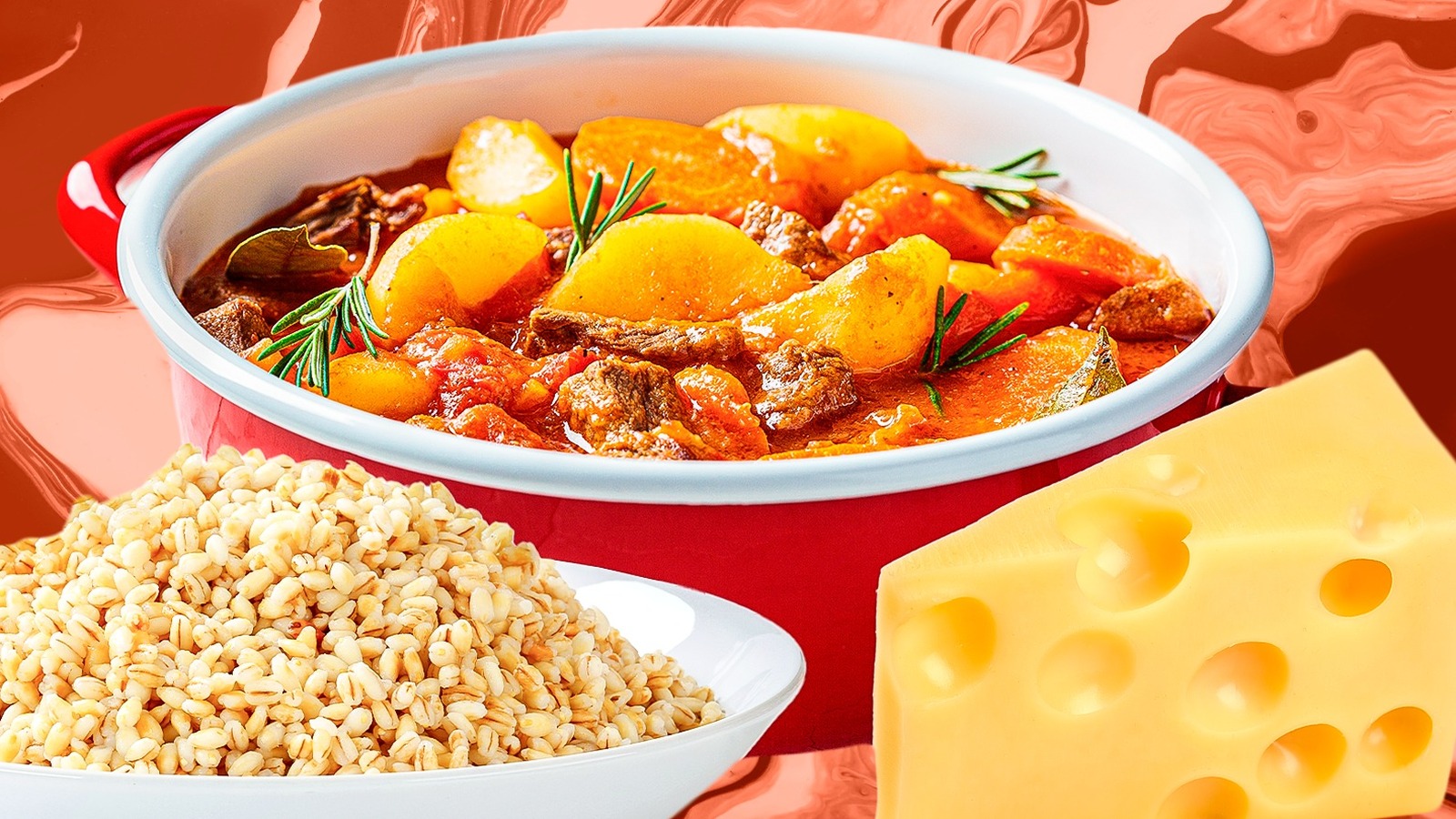
Whether you’re making cabbage au gratin, spaghetti squash lasagna, or a yellow squash casserole, there’s a good chance your casserole will contain at least one vegetable. And while vegetables are great for adding some color and nutrition to an otherwise cheese-heavy dish, they often spell trouble. What we mean is that vegetables are one of the biggest culprits when it comes to watery casseroles. That’s because vegetables naturally contain a lot of water in their raw form. When cooked, water leaches out, transforming your rich, gooey casserole into a liquidy slop.
That doesn’t mean you have to ditch your beloved veggies, though. Instead, you’ve got to prepare them ahead of time so they won’t wreak havoc on your dish. One option is to par-cook watery vegetables such as onions, mushrooms, and squash before tossing them into your baking dish. Cook them just long enough to release excess moisture, drain, and continue assembling your casserole as you normally would. Another option is to sweat vegetables. This works particularly well for vegetables that will be sliced or layered such as eggplant or zucchini. After cutting, sprinkle with salt and leave them in a colander to drain for 30 minutes. Rinse and pat dry before using. When it comes to frozen vegetables, make sure to thaw them in a colander, pat dry, and squeeze out any remaining liquid. Or better yet, avoid them altogether.
